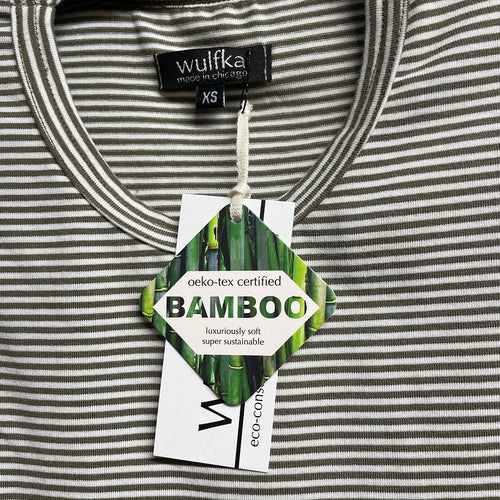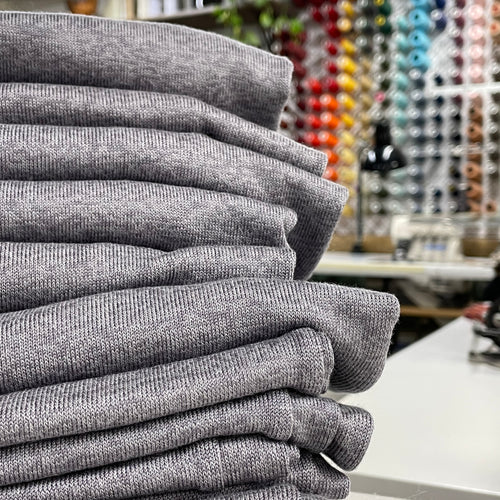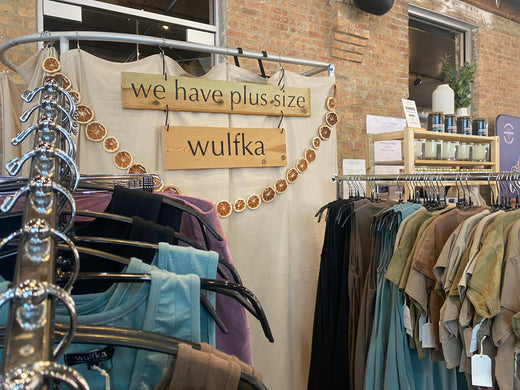Fashion Vocab: Bias-Cut

Our Netti Slip Dress fits so nicely because it is cut on the bias. I think most folks have heard that term, and might even have a sensory memory of what a bias-cut dress feels like on the body, but maybe don't quite understand what that means.
Bias-cut garments were cut on a 45-degree angle to the grain of the fabric. The fabric yarns are at a relaxed angle instead of stretched straight across the body. This gives an otherwise non-stretchy fabric a bit of elasticity. It's the same kind of spiraling, springy tension we find in a so-called Chinese Finger Trap!

Madeleine Vionnet didn't invent the bias cut, but she is credited with pioneering entire garments cut on the bias. Vionnet opened her own design house in 1912 but was interrupted by both World Wars and retired permanently in 1939.
In her short career (her atelier was in business only 18 total years!) Vionnet revolutionized fashion by introducing dresses that hugged the body without the need for darts, and allowed unrestricted movement.
During the Great Depression folks went to the movies in droves. It was a full day of entertainment for around 10 cents: a feature film as well as newsreels, cartoons, and serials. All in the comfort of the newest innovation: air conditioning! "Talkies" were new too, and movie houses were creating big-budget comedies and sensational musicals. The movie industry boomed during the Great Depression, and the stars were glamorous and doggedly admired.
Vionnet's name became ubiquitous in the 1930s. Her slinky, sultry bias-cut dresses were perfect for starlets of the silver screen. She dressed actresses such as Greta Garbo, Marlene Dietrich, and Katherine Hepburn. Issey Miyake once remarked that "the impression was similar to the wonder one feels at the sight of a woman emerging from bathing, draped only in a single piece of beautiful cloth."

Vionnet has inspired many designers and her techniques have been studied voraciously. Betty Kirke's 2012 book "Madeleine Vionnet" shows pictures of her famous works as well as flat drafts of the pattern pieces. Since fabrics shift when hung on the bias, warp and weft threads were counted to get a perfectly accurate draft of the original patterns. The resulting images are a mind-bending revelation.
This book is currently $750 on Amazon but FREE at your local library! (Shout out to Chicago Public Library! Use it or lose it!)
Our Netti Slip Dress is a minimalist example of the bias-cut dress. It's simple, elegant, and looks fantastic on everyone. Plus, we're layering it for Fall! Check that last image for a sneak peek! 







